Reviewed by Corey Noles
Here's something that might surprise you: Apple just wrapped up the longest development cycle in Apple TV history—three years without a single hardware update. While the streaming media market stays dominated by the same players—Amazon Fire TV, Google TV, Roku, and yes, Apple TV—Cupertino's been quietly planning something that goes way beyond just another set-top box refresh.
The current Apple TV 4K at $129.99 has been holding its own against cheaper alternatives, but that A15 Bionic chip is starting to show its age. Having tested every Apple TV generation since launching in 2007, I can tell you this gap feels different. Your iPhone has leapfrogged two generations ahead, while your living room is still running 2021 silicon. That changes this year.
What you need to know:
New Apple TV hardware expected later this year after an unprecedented three-year development cycle
tvOS 26 beta code reveals built-in camera support for upcoming hardware
Processing power could jump dramatically with A18-class silicon integration
Smart home hub capabilities set for major expansion beyond basic HomeKit support
The chip upgrade that actually matters
Let's talk numbers for a second. The current Apple TV 4K runs on the A15 Bionic, which was impressive in 2021. But Apple's newer chips? They're in a different league entirely.
The A18 Pro benchmarks 30% faster in multi-threaded tasks and 15% faster in single-core performance compared to the A15. Even the standard A18 shows solid gains over previous generations, delivering 19% better multi-core performance than the A16.
Here's why this matters beyond just "bigger numbers": Modern streaming isn't just about playing 4K video anymore. We're talking AI-enhanced upscaling, real-time Dolby Vision processing, and increasingly complex smart home coordination. The A18 Pro's 38 TOPS neural engine versus the A15's more limited AI capabilities could transform how your Apple TV handles everything from Siri requests to HomeKit automation.
In my testing of current Apple TV hardware, app launches already feel snappy compared to Roku or Fire TV devices. But complex tasks—like processing multiple 4K streams during SharePlay sessions or handling intricate HomeKit scenes—can push the A15 to its limits. An A18-class upgrade would eliminate those bottlenecks entirely.
PRO TIP: If you're eyeing a current Apple TV 4K, you might want to wait. The performance jump from A15 to A18-class silicon will be immediately noticeable in app loading and interface smoothness.
Smart home evolution, not just integration
Here's where things get interesting. Those camera-related features in tvOS 26 aren't just prep work for basic FaceTime calls. They hint at Apple's broader vision for what a living room command center should become.
Think progression, not just features: Start with FaceTime video calls on your big screen—that's table stakes. Layer in gesture controls for navigation, eliminating the need to hunt for remotes. Add room occupancy detection that automatically adjusts lighting and temperature when you sit down to watch. Top it off with security monitoring that distinguishes between family members and unexpected visitors.
Your current Apple TV already works as a HomeKit hub, but it's essentially blind to your living room. Camera integration changes that dynamic completely. The 128GB model's Thread networking support becomes more powerful when paired with visual intelligence that can make context-aware decisions about your smart home devices.
During my years testing smart home setups, the missing piece has always been contextual awareness. Your current HomeKit setup knows it's 8 PM and can dim the lights, but it doesn't know if you're actually in the room watching something or just left Netflix paused while you grabbed dinner. A camera-equipped Apple TV solves that blind spot.
Why the three-year gap actually helped
Here's something Apple doesn't get enough credit for: knowing when not to release something. While competitors pushed out annual refreshes with minimal improvements, Apple waited. That patience is about to pay off in ways that go beyond just specs.
Apple's just-in-time inventory system reduced finished goods inventory by 12% in 2023 despite supply chain chaos—they've gotten scary good at predicting exactly what we want and when. The three-year gap means they've had time to build substantial improvements rather than incremental ones.
Plus, Apple's manufacturing expansion into India for 25% of Apple TV production by 2025 gives them more pricing flexibility. Don't expect the new model to cost less than $129, but don't expect it to cost significantly more either.
The timing also aligns perfectly with broader smart home adoption. In 2022, camera-equipped streaming devices felt premature—privacy concerns were high, and use cases felt forced. In 2025, with established patterns around video calls, gesture controls in cars, and AI-powered home automation, the market is finally ready for what Apple's been building.
What this means for different types of users
The current Apple TV 4K remains excellent—it supports every major HDR format, loads apps faster than most competitors, and includes that premium Siri Remote with USB-C charging. But the new model promises to serve different user segments in ways the current hardware simply can't.
Apple ecosystem users will likely find the upgrade compelling for AirPlay improvements and seamless device integration. In my testing, current Apple TV hardware already excels at this, but camera features could enable automatic device handoffs and presence-aware streaming.
Smart home enthusiasts get the most immediate benefit from enhanced processing power and camera integration. The jump from basic HomeKit hub to intelligent command center justifies the upgrade cost for this group.
Budget-conscious streamers might stick with alternatives like the Roku Express 4K+ at $39.99—Netflix and Disney+ work identically across platforms, after all.
Don't Miss: Keep an eye on the tvOS 26 beta releases—each update reveals more clues about what's coming.
The living room finally gets its iPhone moment
The new Apple TV represents more than just upgraded hardware—it's Apple's first real attempt to create a living room device that learns and adapts rather than just responds to commands. The combination of dramatically more processing power, camera-based intelligence, and expanded smart home integration could deliver the kind of generational leap we haven't seen since the original iPhone.
For competitors, this creates a new performance baseline that basic streaming sticks simply can't match. Amazon and Google have similar technical capabilities, but they haven't shown Apple's level of restraint in developing cohesive user experiences. Roku, despite its market share leadership, remains focused on content access rather than ecosystem integration.
Whether consumers will embrace camera-equipped living room devices—and whether they'll pay premium prices for the privilege—remains the key question. But after three years of patient development and a streaming market that's largely stood still, Apple's timing might be perfect. Sometimes the best strategy is knowing when to wait, and the Apple TV's moment has finally arrived.






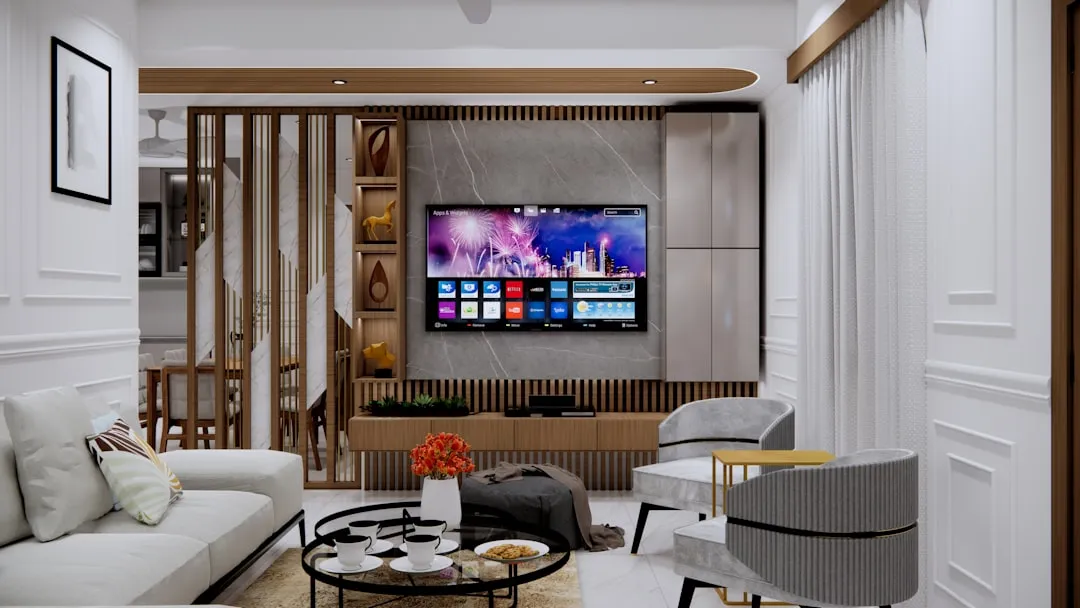
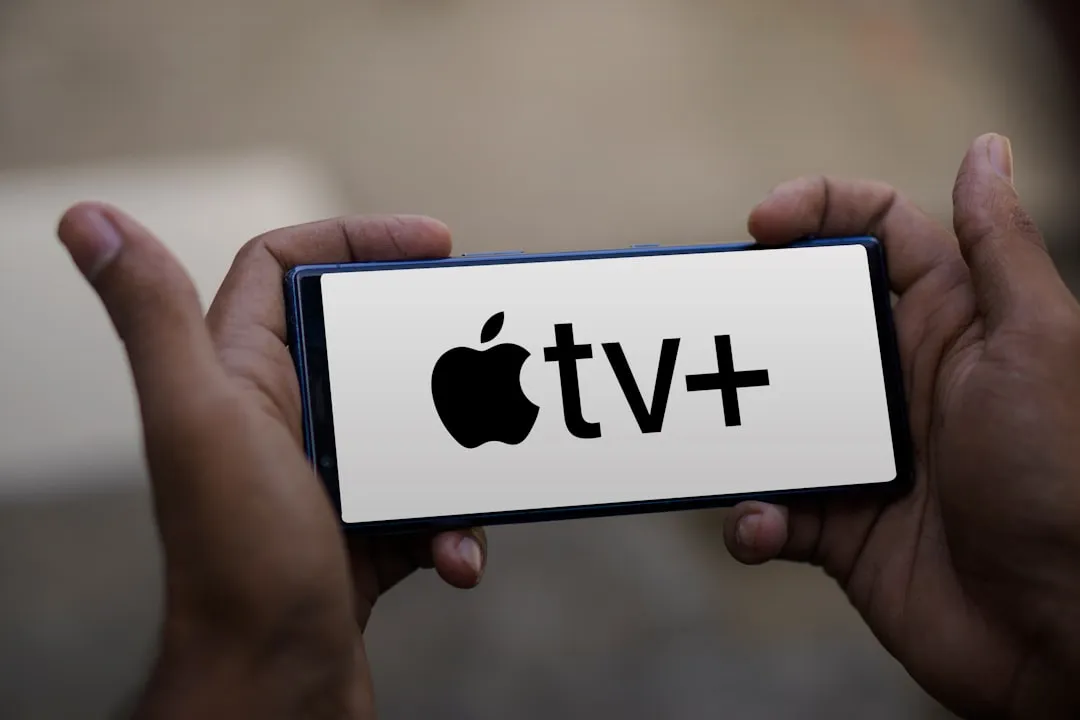
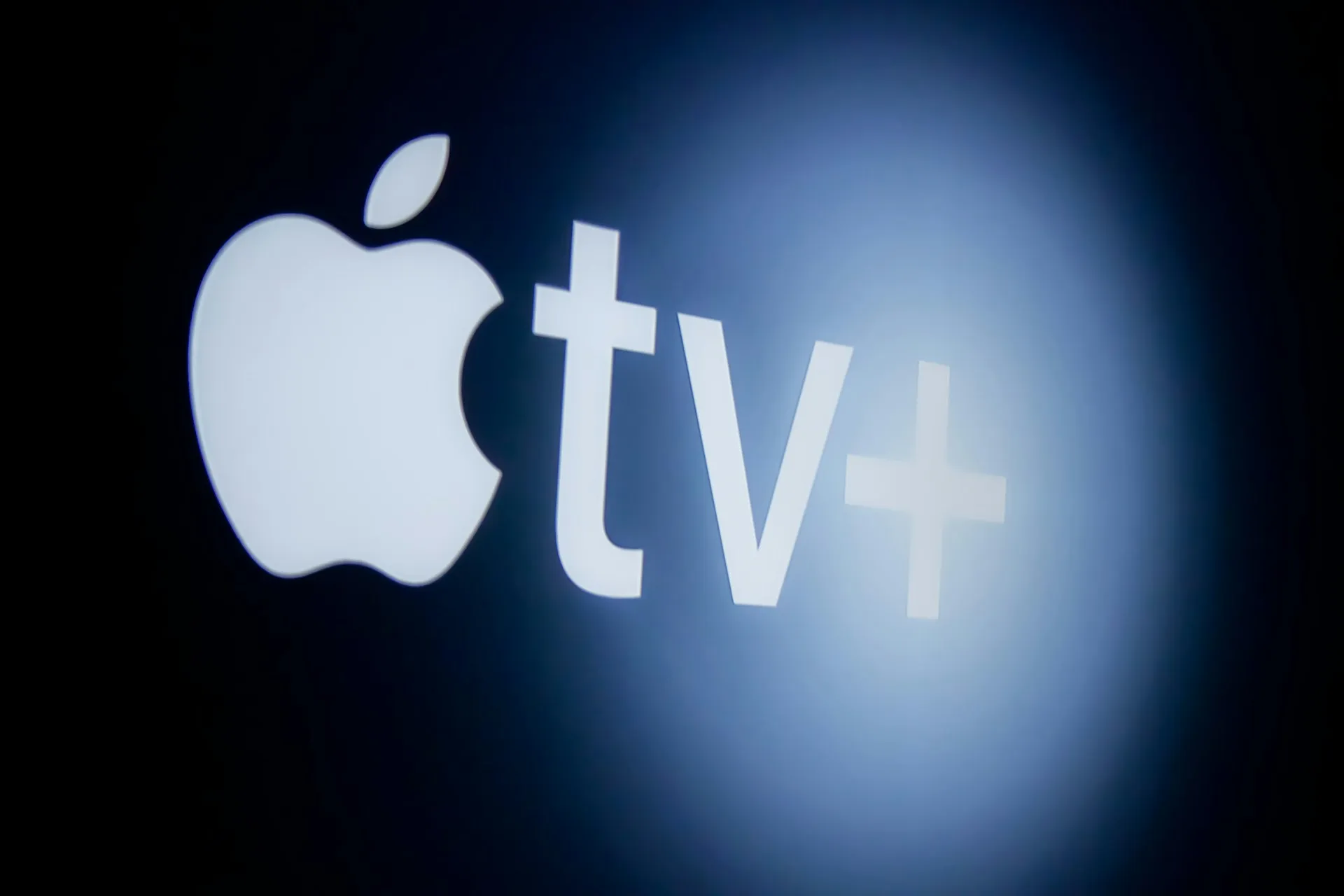
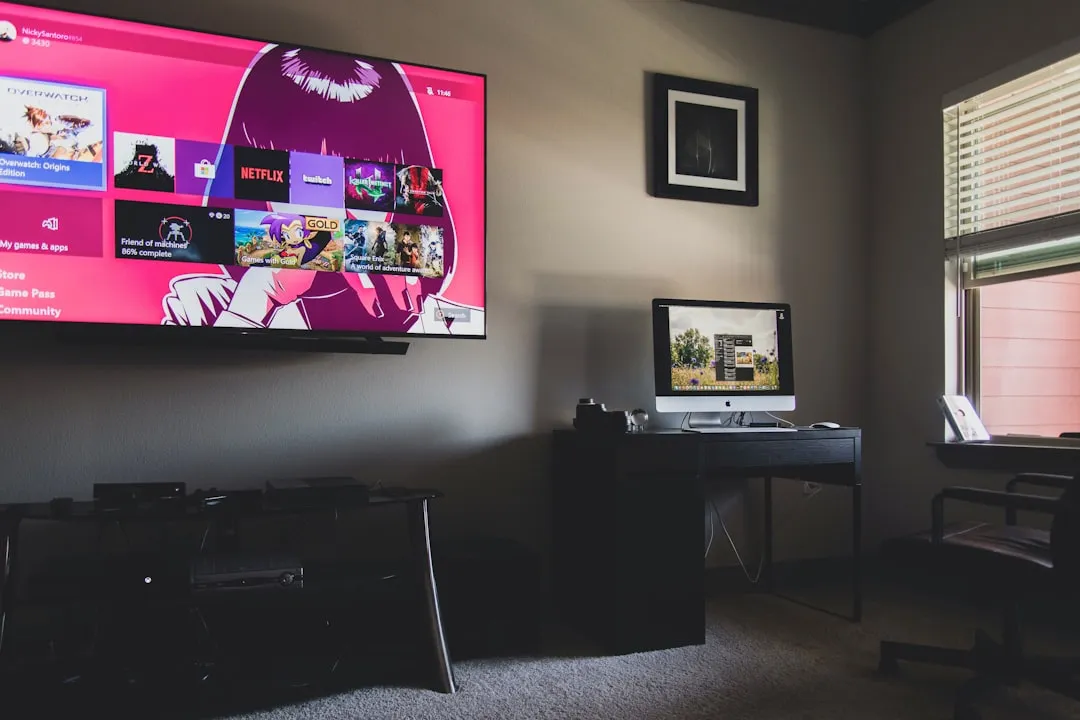

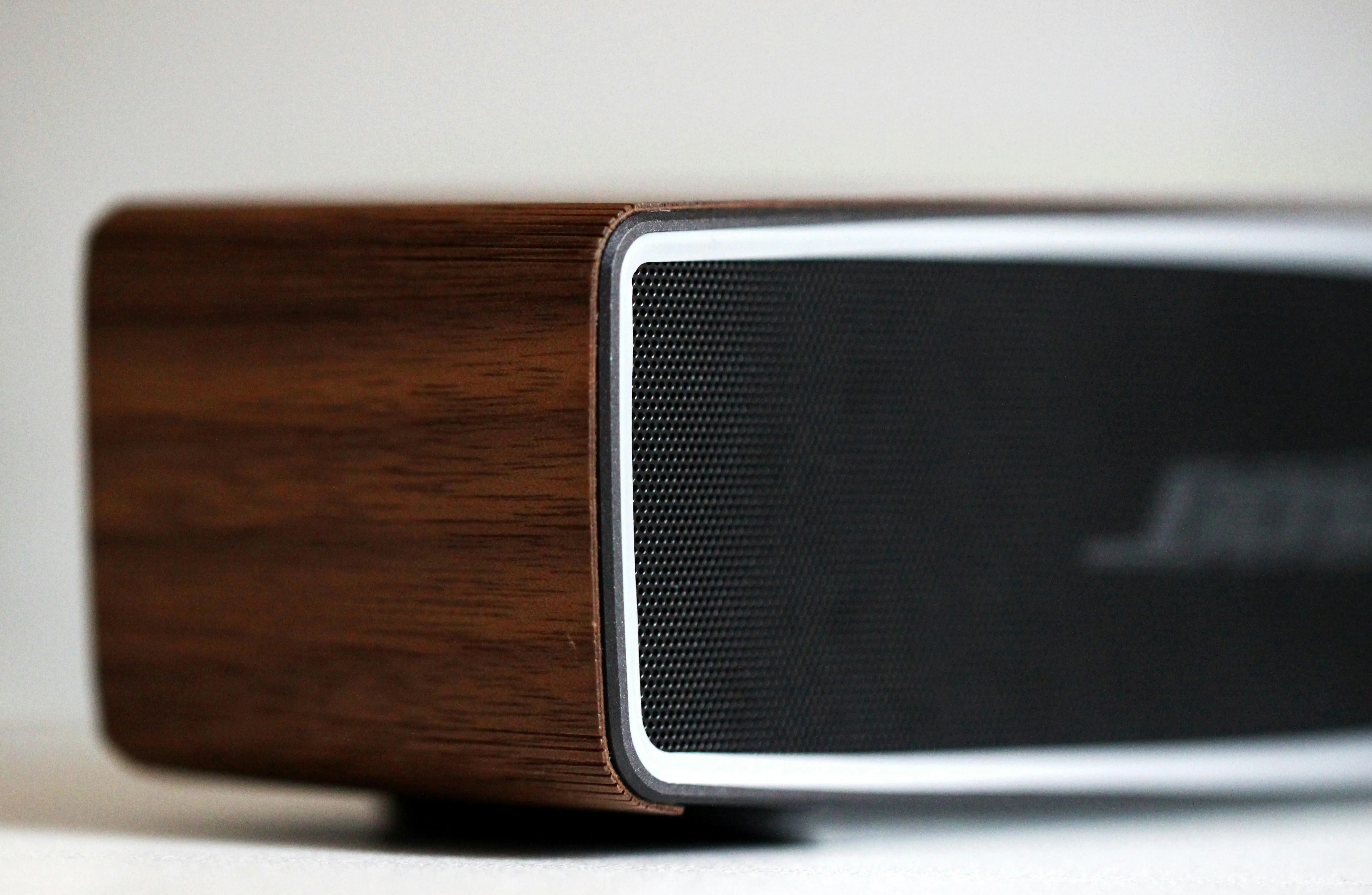
Comments
Be the first, drop a comment!